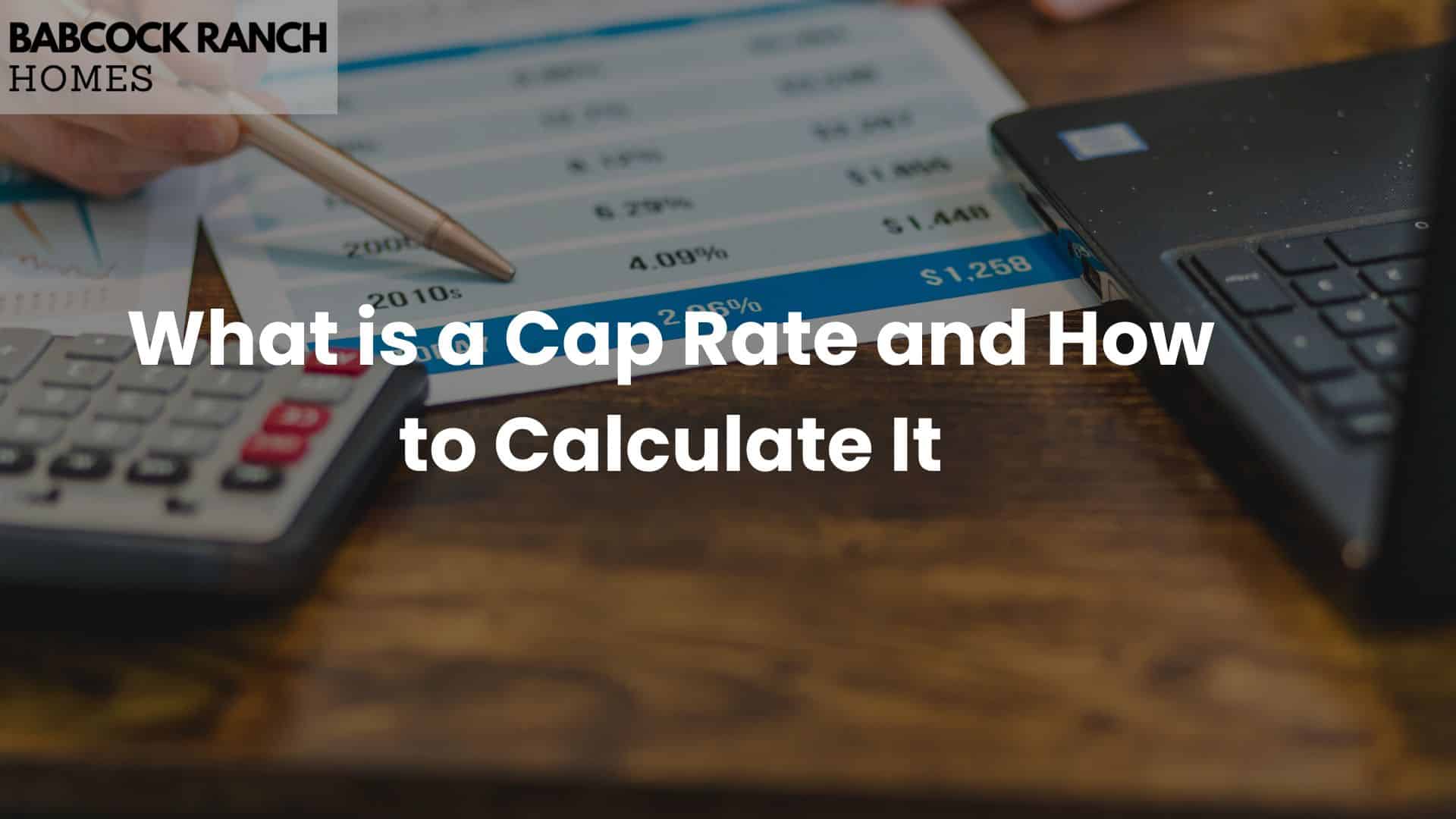
Florida’s population grows by over 900 people daily, fueling one of the nation’s most dynamic rental markets. This surge creates opportunities for investors to earn steady income—if they know where to look. With median rents rising 18% since 2020, strategic property selection can turn Florida’s growth into your financial advantage.
At Babcock Ranch Homes, we’ve seen firsthand how local tax benefits and year-round tourism amplify returns. Unlike traditional real estate purchases, cash flow investments prioritize ongoing revenue over short-term appreciation. You’ll evaluate income streams like rent and fees against expenses such as taxes, insurance, and maintenance to ensure profitability.
Florida’s diverse markets demand tailored strategies. Coastal areas thrive on seasonal demand, while cities like Orlando and Tampa attract long-term tenants. Identifying undervalued neighborhoods near growing job centers often reveals hidden gems. This requires analyzing vacancy rates, repair costs, and management fees upfront.
Key Takeaways
- Florida’s population growth and tax policies create unique advantages for rental income.
- Seasonal tourism and permanent residency trends shape revenue potential.
- Positive cash flow depends on balancing rental income with operational costs.
- Location analysis is critical—focus on areas with job growth and infrastructure development.
- Define financial targets and property criteria before evaluating listings.
Understanding Cash Flow in Real Estate
Successful real estate investments rely on understanding the balance between money earned and spent. This financial pulse determines whether a property builds wealth or becomes a burden over time.

What Cash Flow Means for You
Positive cash flow occurs when monthly earnings surpass operating costs. This surplus lets you reinvest profits or save for future expenses. Negative scenarios drain resources, making long-term ownership challenging.
Key Components of Rental Income and Expenses
Rental properties generate money through base rent and add-ons like parking permits or appliance rentals. On the cost side, mortgage payments and insurance premiums combine with upkeep needs and local taxes.
Vacancy rates significantly impact earnings. Budgeting for empty months ensures stability during tenant transitions. Detailed projections help avoid properties that look profitable but hide financial pitfalls.
Tips on How to Find cash Flow Properties
Sharpening your focus starts with clear objectives and regional insights. Define minimum return thresholds and maximum risk exposure before exploring listings. This filters out mismatched options early.

Defining the Right Investment Criteria
Establish financial guardrails using the 1% rule. A $300,000 asset should yield $3,000 monthly rent to meet this benchmark. Pair this with the 50% rule—expect half the income to cover taxes, insurance, and repairs. These metrics quickly highlight viable options.
Evaluating Market Trends in Florida
Coastal regions often show seasonal spikes, while metro areas like Jacksonville offer steady demand. Track employment hubs and infrastructure projects—new hospitals or tech campuses signal renter influxes. Analyze Census data for household size changes and income growth patterns.
Compare neighborhood vacancy rates against regional averages. Areas below 5% indicate tight supply. Verify rental price trends through platforms like Zillow Rent Zestimates. Properties near public transit or schools often maintain occupancy.
Evaluating Rental Income and Operating Expenses
Accurate financial analysis separates profitable investments from money-losing ventures. Start by mapping every dollar earned against each expense category to reveal true performance.

Identifying Income Sources
Base rent forms the foundation, but smart investors maximize earnings through secondary streams. Charge fees for parking spaces, pet accommodations, or late payments. Utility reimbursements add income when tenants cover water or trash services.
Research local rental rates using platforms like RentRange. Compare similar properties in your target neighborhood. Adjust pricing for amenities like updated kitchens or proximity to parks.
Managing and Reducing Operational Costs
Property taxes and insurance remain fixed expenses, but variable costs offer savings opportunities. Implement preventive maintenance schedules to avoid emergency repairs. Replace HVAC filters quarterly and inspect roofs annually.
Negotiate bulk discounts with landscaping companies or cleaning services. Install LED lighting and low-flow fixtures to cut utility bills. Track spending monthly using apps like Stessa to spot waste.
Set aside 5-8% of rental income for unexpected repairs. This buffer prevents cash shortages when replacing appliances or addressing storm damage. Review service contracts annually to ensure competitive pricing.
Calculating Net Operating Income
Net Operating Income (NOI) reveals a property’s true earning potential before financing. This metric strips away debt costs to show pure operational performance. Investors use it to assess viability across markets and ownership periods.
Step-by-Step NOI Calculation
Start with gross rental income—all payments from tenants. Include add-ons like parking fees or laundry income. Next, tally operating costs:
- Property taxes and insurance
- Maintenance and repairs
- Management fees
- Utilities not covered by tenants
Subtract total expenses from total income. This amount represents your NOI. Remember, this figure excludes mortgage payments. For actual cash flow, deduct loan payments from NOI.
Interpreting the Results for Your Investment
Compare NOI across similar properties to identify high performers. A rising NOI over time suggests increasing value or efficiency. If debt payments exceed NOI, the asset costs money monthly.
Use this metric to set rent adjustments or plan upgrades. For example, a property with consistent NOI growth often justifies strategic improvements. Always cross-check against local market averages for context.
Improving Your Property’s Cash Flow
Maximizing returns requires balancing tenant satisfaction with financial efficiency. Small adjustments in pricing and expense management often create significant profit improvements over time.
Strategies to Increase Rental Income
Review local listings quarterly to ensure your rates match market trends. Minor upgrades like fresh paint or smart thermostats let you charge premium prices without pushing tenants away. Offer flexible lease terms for furnished units or extended stays to attract diverse renters.
Reduce empty periods by responding to repair requests within 24 hours. Happy tenants renew leases more often. Consider pet-friendly policies—43% of Florida renters own animals, creating steady demand.
Cost-Cutting Techniques Without Sacrificing Quality
Audit recurring expenses annually. Many property managers offer discounted rates for long-term contracts. Replace air filters and inspect plumbing regularly to avoid costly emergencies.
Install water-saving showerheads and energy-efficient appliances. These cuts lower utility bills while appealing to eco-conscious residents. Track spending with digital tools to identify waste—like overlapping insurance coverage or underused landscaping services.
Utilizing Advanced Tools and Local Expertise
Modern investors achieve better results by merging digital tools with neighborhood-specific knowledge. Combining technology with regional insights optimizes management and strengthens your portfolio over time.
Implementing Technology for Property Management
Platforms like Buildium automate rent collection and expense tracking, reducing manual work. Real-time dashboards show income trends and maintenance needs instantly. These tools minimize errors while freeing up hours each week.
AppFolio’s market analysis features help spot rental price shifts before competitors. Set alerts for occupancy rate changes or maintenance deadlines. Automated tenant screening also speeds up leasing while ensuring reliability.
Leveraging Local Insights from Babcock Ranch Homes
Babcock Ranch Homes offers firsthand knowledge of Florida’s unique regulations and tenant preferences. Their team identifies neighborhoods with rising demand near new schools or medical centers. Local contractors vetted by their network handle repairs quickly, preserving tenant satisfaction.
Partnering with regional experts helps navigate zoning updates or tax incentives. Their connections provide early access to off-market listings in growing areas. This blend of tech efficiency and localized strategy creates sustainable returns for long-term investors.
Dedicated Contact and Resource Section
Building wealth through rental assets demands reliable partnerships. Babcock Ranch Homes delivers localized support tailored to your financial objectives. Their team combines market expertise with actionable strategies for sustainable growth.
Direct Access to Specialized Support
Call 518-569-7173 today for personalized consultations. Investors receive:
- Customized analysis of your financial goals
- Neighborhood-specific market forecasts
- Off-market listings in high-demand areas
Regional Knowledge for Strategic Decisions
Babcock Ranch-based professionals offer insights into:
- Tax incentives unique to Florida
- Emerging employment hubs driving demand
- Zoning changes affecting development
Their network connects you with vetted contractors and property managers. First-time buyers gain education on lease structuring, while experienced investors refine portfolio diversification. Ongoing support covers everything from tenant screening to expense optimization.
Conclusion
Florida’s thriving economy offers investors diverse opportunities to generate consistent rental income. By focusing on locations with job growth and infrastructure development, you position your portfolio to benefit from long-term demand. Strategic planning balances rental earnings with taxes, maintenance, and operating costs—key factors in maintaining positive cash flow.
Successful real estate investments require analyzing neighborhood vacancy rates and local tax policies. Coastal areas and metro hubs each present unique advantages, whether through seasonal tourism or stable tenant demand. Tools like NOI calculations help verify a property’s true profitability before purchase.
Partnering with local experts ensures access to market insights and efficient management services. This approach minimizes risks while maximizing your time and money. Remember, sustainable returns come from aligning financial goals with regional trends and operational efficiency.
Ready to transform Florida’s growth into your advantage? Contact professionals who understand the intersection of real estate potential and practical execution. Your next income-generating property awaits.



















